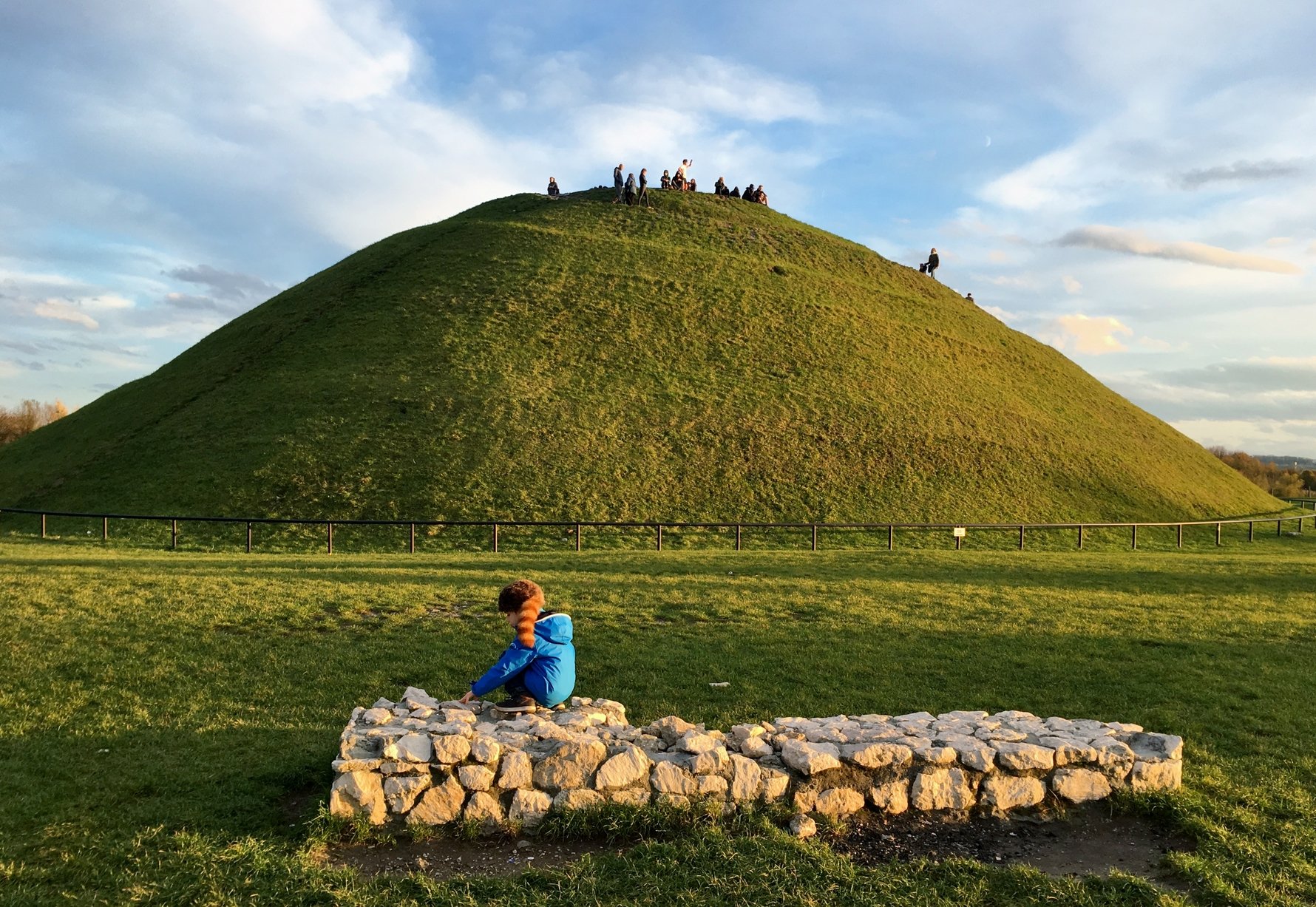
The result of great human effort and innovative engineering, Krakus Mound has long been a source of legend and mystery. Connected with the popular story of Kraków's mythical founder, King Krak or Krakus, the mound is said to have been constructed in honour of his death when noblemen and peasants filled their sleeves with sand and dirt, bringing it to this site in order to create an artificial mountain that would rule over the rest of the landscape. In the interwar period, extensive archaeological studies were undertaken to try to date the mound and verify if there was truth to the legend that Krak was buried beneath it. Though no trace of a grave was found, artefacts from the 8th century were uncovered, and it was determined that a massive 300-year-old oak, likely cut down in the 11th century when St. Benedict's Church was built nearby, once stood atop the mound. There is general agreement today that the mound was created by a Slavonic colony sometime between the latter half of the 7th century and the early 10th century, though other hypotheses credit the structure to the Celts.
Originally there were four smaller mounds around the base of Krakus Mound, however these were levelled by the Austrians in the mid-19th century during the construction of the city's first fortress which surrounded the area with a wall embankment and a moat (later levelled in 1954).

The location of the Krakus Mound and the Wanda Mound in Mogiła - the city's other, lesser prehistoric earthwork - hardly seems accidental. In addition to being an ideal vantage point over the surrounding valleys, when standing on the Krakus Mound at dawn on June 20th or 21st the sun can be seen rising directly behind Wanda's Mound; conversely, standing on Wanda's Mound at dusk, the sun sets in a straight line behind Krakus Mound. Krakus Mound inspired the modern creation of earthwork mounds honouring Kościuszko (1823) and Piłsudski (1937) and today it remains one of Poland's greatest archaeological mysteries.
Not only a great destination in itself, but Krakus Mound can also be the starting point of a bigger adventure. From behind the mound you can easily hike south (away from the city centre) and find a trail that cuts right between the edge of Podgórze Cemetery and the rim of the adjacent Liban Quarry, eventually leading you down into the quarry; or if you stay on the quarry rim trail it will soon lead you onto the territory of the former KL Płaszów Concentration Camp.



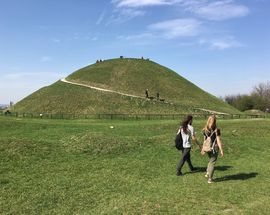


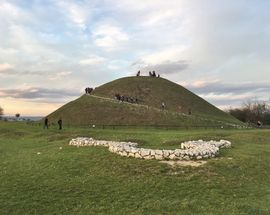


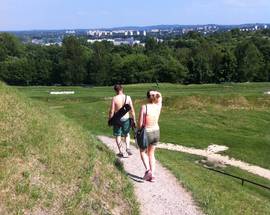
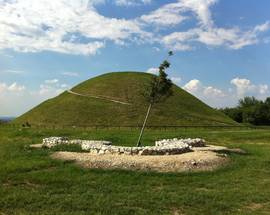
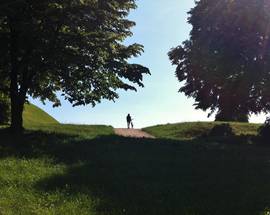
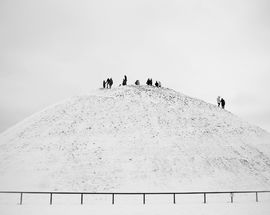


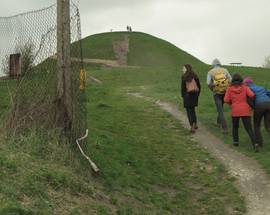
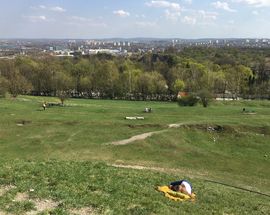
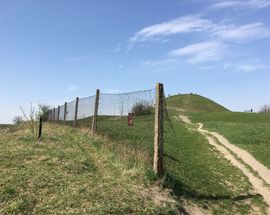
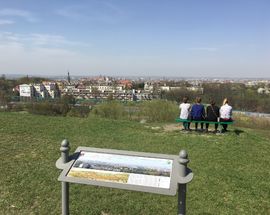

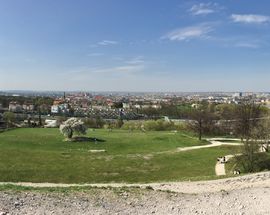
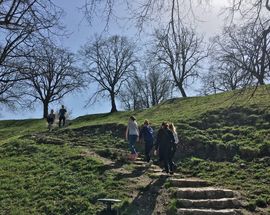
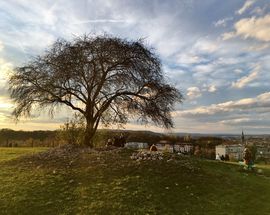

Comments